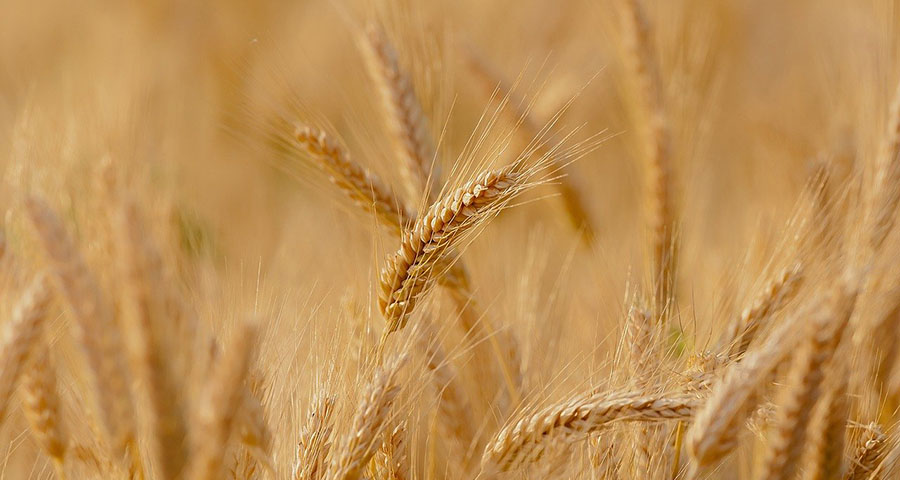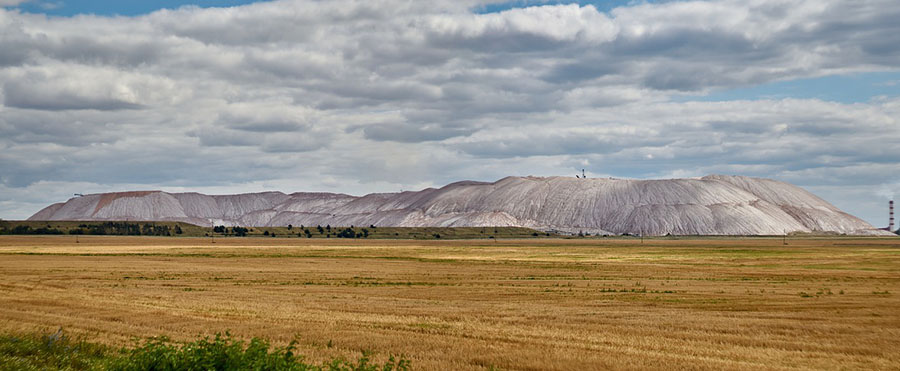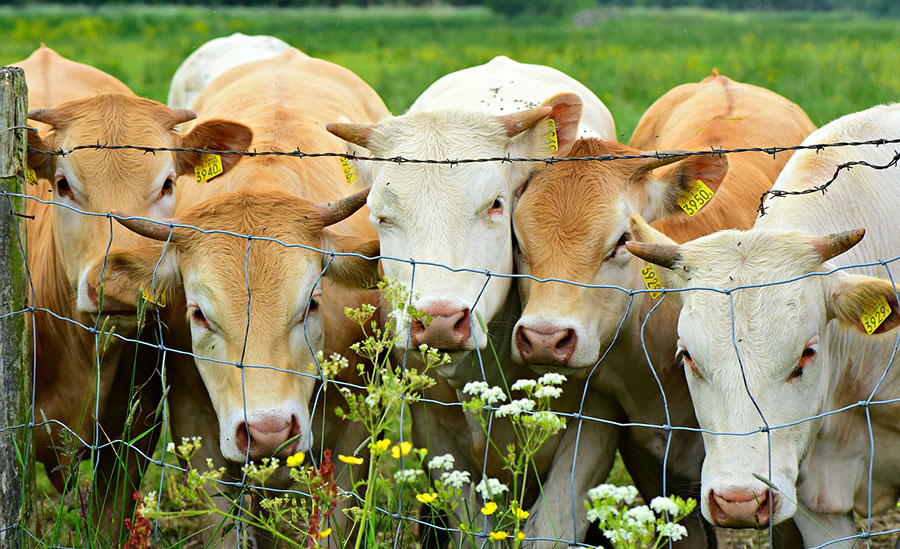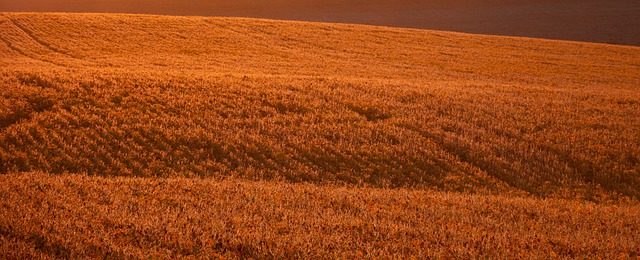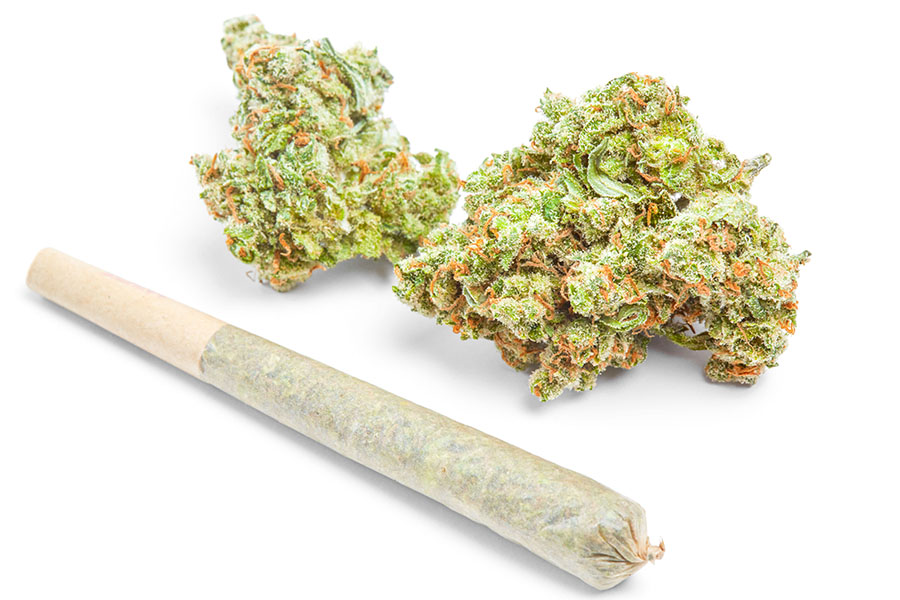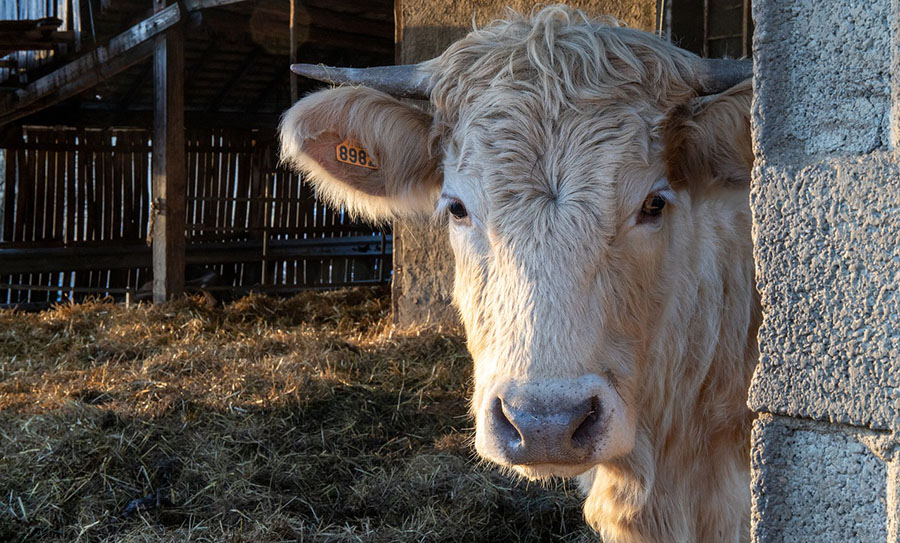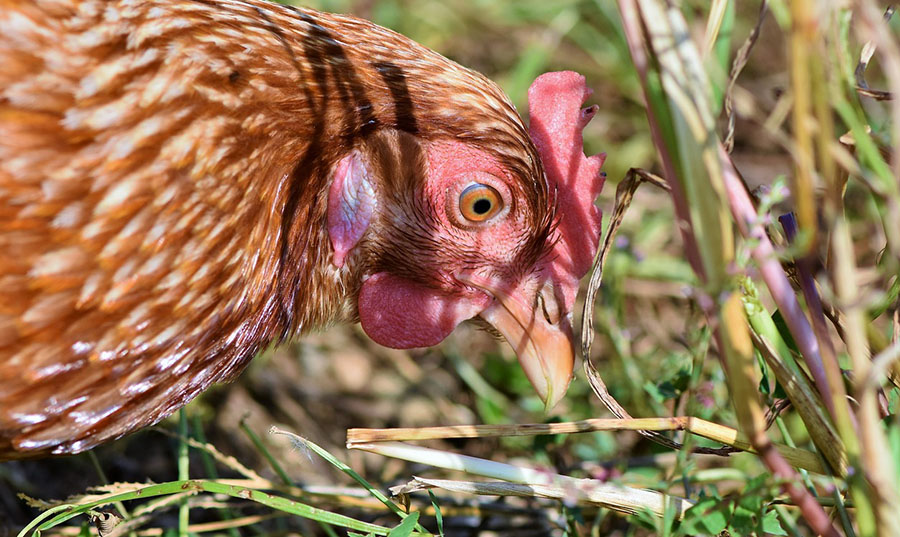Most investors don't watch niche sectors of the markets until they start moving considerably higher; it's just the way it is. Granted, everyone always keeps an eye on market indexes (S&P, Dow Jones, Nasdaq, etc.), bond yields, currencies and the sexier commodities. The thing is, my experience has told me that "sexy" usually changes over time and really just means "hot." One need only look at commodities like lithium, cobalt and other EV metals to understand this; they are sexy, they have become hot, investors know their pricing and, investors are plugged into (pun intended) how to invest and [hopefully] profit from their growth in popularity. Then, as these trends continue and mature, along comes all the logical after the fact reasons to be involved in the sector. Back to the battery metals, Tesla, EVs, electrification of our lives, etc., this all makes sense, but my belief is that this is usually tail-wags-the dog.
The reasons for a sector to get hot are always there ahead of time but they usually only make it to the mainstream investment community after there has been a significant move in price. Then, along with price movement, comes "knowledge" of the sector, greater opportunity to invest in the sector, FOMO and, in some cases, outright mania. Anyone thinking cannabis?
Gold today is knocking on $2,000/oz and is attracting significant investor attention. Mainstream banks now suggest owning it as it has a place in most well-balanced portfolios. Bank of America, six months ago, made a $3,000/oz. call on gold for many reasons I agree with. In fact, for those who talk with me regularly know, I made the comment that "gold was probably going to infinity" although I suspect it might not ultimately reach my target price. It is a funny thing though, some letter writer calls for $3,000 gold he is a "nut-job," but when the mainstream does, it becomes understandable and likely.
There are many reasons why gold should continue to move higher but a big money-dump by central banks around the world and its ultimate devaluation of paper currency seems to be a favorite. Another factor I have cited many times is also negative yields. An argument against gold by large investors had been that gold carries no yield and thus, there was an opportunity cost weighing against it. Well, we recently hit a new all-time record with over $17 TRILLION in bonds trading at a negative yield. I guess gold doesn't look so bad!
As an aside, has anyone been watching the crypto space? Remember how "insane" it was for bitcoin to trade at $20,000 in late 2017 while "crashing" to $3,000 by the end of 2018 made perfect sense? Well, don't look now but it is back up over $15,000 and in striking distance of all-time highs. I think many of the arguments that can be made for gold can be made for crypto, yet it is better geared for the younger generation. My view: this sector will continue to gain understanding and acceptance among investors and opportunities in the space will grow. Yes, a whole lot of people are going to know a heck of a lot more about crypto and, yes, banks will figure out how to cater to that demand through issuances of new companies and products. Crypto could well be the next mania in the coming years.
AGRICULTURAL COMMODITIES
As I had said: most investors don't watch niche sectors until they start moving considerably higher. I am not sure how much a commodity/sector has to gain before investors really start to look. A sector that could be setting up for a whole lot of investor interest is right under your nose…..actually, to be more exact, under your chin at least three times a day. It is food along with everything involved in the production of food.
As an investor in the agricultural space and the CEO of a developing phosphate company, I watch fertilizer and grain prices closely, but I suspect most investors do not. I also believe that most do not realize just how much these prices are up and perhaps we are even starting to approach levels where investors should start to take notice (early innings of a long ballgame)?
Over the last 8 months, grain prices have caught fire (see charts below). It has been six years since wheat has been this high and four years since soybeans have been at these levels. Even sleepy corn is over $4/bushel, a level only seen a few times in the last six years and, well above its 200-week moving average of $3.70. You may have begun to see these increases on your recent trips to your local supermarket or farm stand, but if you haven't, you will soon!
So why the increase? Unlike many commodities, food is impossible to live without. I can live without a Tesla or other electric vehicle. I would like to be more environmentally conscious and not use fossil fuels. I believe currencies will devalue and gold and/or crypto make a lot of sense. This is true down the list; there are things I would like but few that I need. I need food. As I always say, "I get it, gold is sexy, electric metals are sexy, oil is sexy [or at least closely watched], but I can't eat gold and I can't drink oil so it's actually fertilizer/food that really matters."
COVID-19 has also left a mark. Just in time delivery works very well and is very profitable when things arrive "just in time." Suddenly, however, when migrant workers can't cross the border to pick produce, truck drivers get sick and slaughterhouses close down due to outbreaks, my supermarket suffers from "not-in-time." There was also growing food nationalism with many countries refusing to ship grains and food products, and this has left many to reconsider the food chain, with security of supply now an issue and higher prices required to fix it.
Lastly, I would argue that the global "money dump" that is pushing gold, crypto and many other commodities is making its way into the food commodities. There have been many studies that have shown that the agricultural commodities follow the precious metals [with a lag] and I suspect that we are still early days in this move. The last time gold was pushing $2,000 (end of 2011), grain prices were 50–100% higher depending on the grain. Prices for food, relative to many other not-as-necessary commodities, is cheap and most likely headed a lot higher. Judging by the charts, some investors are starting to catch on and maybe we will get to that tipping point when the sector starts to mainstream.
FERTILIZER
So, if investors don't pay much attention to grain/food prices these days, imagine how few actually look at fertilizer prices. For almost 10 years phosphate fertilizer prices have been in a downtrend but in just the last four or five months prices have started to rise dramatically. DAP prices (a common phosphate fertilizer) have risen 35–40% in the last few months and over 55% since its lows of a year ago. Again, what is the tipping point for investors to take note and act?
I won't get into a whole lot of detail on the phosphate macro at this time but, if you are interested enough, I can forward something more in-depth.
I will say this, phosphate is:
- one of the three macro nutrients in fertilizer (potash and nitrogen are the others)
- most of the world (North & South America, Western Europe, significant parts of Asia) runs a deficit
- this deficit is supplied from the Middle East and North Africa (this amount growing substantially)
- security of supply is a definite concern
- demand grows every year (good economic times or bad)
- fertilizer is required to maintain/increase crop yields
The bottom line is if you want to eat, you need fertilizer; it is not a convenience, it is a necessity! As countries address their food insecurities, fertilizer is the first step and we are seeing countries such as India (already the world's largest importer), China and even here in North America start to address this. Also, since farmers can now sell their grains for higher prices, they can spend more on fertilizer and with stronger grain prices, farmers also look to increase planting acreage thus stimulating more fertilizer demand. Prices have started to rise and many industry analysts believe that price increases will continue.
For the few that have started to see this trend emerging along with the assumption that it is early days, there has been some increased interest in areas of agriculture. Farm equipment manufacturers, seed companies, farming companies and, to a limited amount, fertilizer companies have all seen improvement in their share prices. The Van Eck Agribusiness ETF today sits at a 52-week high as investors look to get some exposure, but we are a long way from a general market awareness or understanding of what is starting to happen, never mind the resulting potential surge in prices. Again, at what point do we get enough investor interest to turn a niche into a trend, and growing investor awareness into FOMO?
Arianne Phosphate Inc. (DAN:TSX.V; DRRSF:OTCBB; JE9N:FSE)Over the last 10 years, Arianne has moved its Lac ŕ Paul asset from a patch of dirt to a best-of-class phosphate deposit. Today, it is the world's largest greenfield deposit, capable of making one of the world's purest, low contaminant concentrates that commands premium prices. It is situated in Quebec, Canada, where it is not subject to any of the "security of supply" issues found with most phosphate supply. It has access to necessary infrastructure and has its permits in place. It is projected to be one of the world's lowest cash-cost providers of phosphate concentrate per nutrient value that, even at today's low prices, would be extremely profitable operationally. Arianne sits atop a "best of breed" asset at a time when things are starting to improve.
Arianne also had bad luck. While the company has continued to advance its project from dirt patch to a shovel-ready project, the macro has deteriorated to a point where fewer investors look at the sector and certainly don't look at a micro-cap phosphate developer. In fact, today, Arianne's stock sits at the same price that it sat at 10 years ago when the project began. At the time, the company had no idea what it was sitting on, let alone, how much, how good, how profitable and whether it could get permits. Today we know all of this, there is no uncertainty and yet here we are. If Arianne did not exist and some other company/prospector stumbled on to this land, it would take them five years (going full speed ahead) and well over $100 million to get to where Arianne is today.
Arianne currently has a sub $20 million CAD market cap; the share price has round-tripped over 10 years despite all its advancements. I am not even entirely sure how this valuation is even possible. The company, back in 2012 when fertilizer prices were a lot higher and there was greater investor interest, had a share price that was almost 20 times higher. The company had not advanced many milestones at that time, but the sector was good, and investors watched and cared. It is hard to argue that Arianne had anywhere near the worth back then as it does today yet, here we are. Today you can buy it for little more than the price you would pay for a dormant shell.
In all my years of investing, I have come to realize [unfortunately] that most investors look at things the same way. Investors will only look at a sector when it "wakes up," and they almost always judge a company by its share price. If a share price is low then the company isn't advancing or so the logic goes. In reality, investors should judge a share price by the company's performance. Money is made by looking to see if a company is advancing and its shares are lagging. I would strongly argue that this is the case for Arianne.
The world's central banks have embarked on a path of no return: print or die. The result will be much higher prices for some commodities, and we are starting to see that today. It is the same old, same old. Central banks inflate, cause asset bubbles, create manias around those assets and drive investments into those sectors. You probably had not noticed the degree to which we have started to see the move in agricultural prices, so consider this your warning.
What is the tipping point where investment niche goes mainstream and starts to get attention and reason to own? I think we are there but, I do look a little closer than most. I can tell you that like all other themes, when they emerge, they last for a while and the first movers get the bulk of the attention and price gains. There aren't too many ways of getting a pure play phosphate investment, especially one this advanced and leveraged to the price of phosphate and especially not at these valuations.
It bears repeating, this is my view and my reading of the tea leaves. Ag prices are up and, Arianne "should" follow. I am biased, I own the name, I am a board member and CEO. I am not sure how you find something like this for $20 million or even $50 million at the beginning of a cycle but, that's me. You can lament about the share price of Arianne or you can capitalize on it; the choice is yours.
Brian Ostroff is a managing director at Windermere Capital, where he focuses on the junior and mid-tier mining sectors. He also serves as CEO of Arianne Phosphate. He brings over 25 years of small-cap mining expertise to the table, having served at RBC Dominion Securities and as a managing partner at Goodrich Capital, an M&A advisory firm.
[NLINSERT]Disclosure:
1) Brian Ostroff: I, or members of my immediate household or family, own securities of the following companies mentioned in this article: Arianne Resources. Brian Ostroff serves as CEO of Arianne Resources.
2) The following companies mentioned in this article are billboard sponsors of Streetwise Reports: None. Click here for important disclosures about sponsor fees.
3) Statements and opinions expressed are the opinions of the author and not of Streetwise Reports or its officers. The author is wholly responsible for the validity of the statements. The author was not paid by Streetwise Reports for this article. Streetwise Reports was not paid by the author to publish or syndicate this article. Streetwise Reports requires contributing authors to disclose any shareholdings in, or economic relationships with, companies that they write about. Streetwise Reports relies upon the authors to accurately provide this information and Streetwise Reports has no means of verifying its accuracy.
4) This article does not constitute investment advice. Each reader is encouraged to consult with his or her individual financial professional and any action a reader takes as a result of information presented here is his or her own responsibility. By opening this page, each reader accepts and agrees to Streetwise Reports' terms of use and full legal disclaimer. This article is not a solicitation for investment. Streetwise Reports does not render general or specific investment advice and the information on Streetwise Reports should not be considered a recommendation to buy or sell any security. Streetwise Reports does not endorse or recommend the business, products, services or securities of any company mentioned on Streetwise Reports.
5) From time to time, Streetwise Reports LLC and its directors, officers, employees or members of their families, as well as persons interviewed for articles and interviews on the site, may have a long or short position in securities mentioned. Directors, officers, employees or members of their immediate families are prohibited from making purchases and/or sales of those securities in the open market or otherwise from the time of the decision to publish an article until three business days after the publication of the article. The foregoing prohibition does not apply to articles that in substance only restate previously published company releases.



